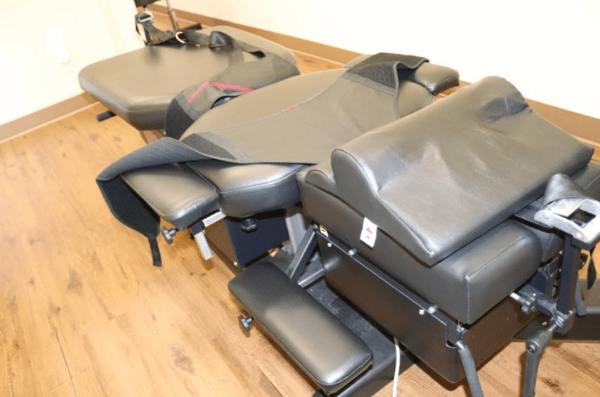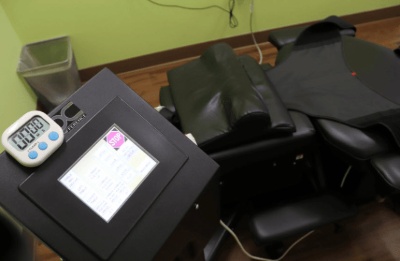
Finding the Best Personal Injury Chiropractor
Finding the Best Personal Injury Chiropractor
When you’re dealing with a personal injury, finding the right care is crucial. A personal injury chiropractor can be a key part of your recovery.
But how do you find the best one near you?
This guide will help you navigate the process. It will provide tips on what to look for in a chiropractor, how to find one in your area, and what to expect during treatment.
We’ll also take a closer look at Amazing Life Chiropractic, a notable provider in the Mill Creek area.
By the end of this guide, you’ll be well-equipped to find a personal injury chiropractor who can help you on your path to recovery.
Understanding Personal Injury Chiropractic Care
Personal injury chiropractic care focuses on treating injuries caused by accidents. These include car accidents, slips, falls, and work-related injuries.
A chiropractor specializes in diagnosing and treating musculoskeletal issues. They aim to reduce pain, improve mobility, and support overall healing.
Chiropractic care can address a range of injuries, from minor strains to severe injuries. It’s an important component in a comprehensive recovery plan.
For many, chiropractic treatment reduces the need for medication or surgery. This makes it a preferred option for those seeking a non-invasive approach to healing.
The Importance of Specialized Chiropractic Treatment for Personal Injuries
Personal injuries often require specialized care tailored to the specific type of injury. A personal injury chiropractor has expertise in handling the unique challenges these injuries present.
Specialized treatment is crucial for optimal recovery because it considers the specific needs of the injured area. This personalized approach can significantly enhance the healing process and lead to better outcomes.
Chiropractors use adjustments and therapies designed to improve function and reduce inflammation. This targeted approach can be more effective than generic treatment methods.
Additionally, specialized chiropractic care can help prevent future complications. It encourages healing in the right areas, restoring balance and alignment to the body.
How to Find a Personal Injury Chiropractor Near Me
Finding the right chiropractor can make a significant difference in your recovery. It’s essential to consider both convenience and expertise when searching for an injury chiropractor near you.
Start by asking for recommendations from friends or family members who have had positive experiences. Personal referrals often lead to trustworthy options.
Next, conduct thorough research online to find suitable chiropractors in your area.
Consider creating a checklist to organize your findings:
- Location and travel convenience
- Qualifications and certifications
- Experience with personal injury cases
- Patient reviews and testimonials
- Availability for consultations and flexibility in scheduling
Evaluate each option based on these criteria to make an informed decision.
Utilizing Online Directories and Search Engines
Online directories and search engines are valuable tools in your search for a chiropractor. They offer comprehensive listings and information about various practitioners.
Simply search “personal injury chiropractor near me” to get a list of nearby options. Pay attention to online ratings and reviews from current or former patients.
Websites often list services, doctor credentials, and contact details, helping you make an educated choice.
Criteria for Choosing the Right Chiropractor
Selecting the right chiropractor involves more than proximity; it requires careful consideration of several factors. Start by reviewing their professional qualifications and certifications.
Ensure they specialize in personal injuries and have relevant experience in this field. This expertise is vital for effective treatment.
Look at patient testimonials and online reviews to gauge their reputation and patient satisfaction. Happy patients indicate good results.
During your initial consultation, assess their communication skills and willingness to answer questions. A good chiropractor should explain your treatment clearly.
Consider scheduling flexibility and convenient location, which can make regular visits easier. These factors will help you choose the best fit for your needs.
Amazing Life Chiropractic: A Closer Look
Amazing Life Chiropractic is a reputable choice for personal injury care. Located near Mill Creek, they focus on providing compassionate and effective treatment for their patients.
Their experienced team specializes in personal injuries, using advanced chiropractic techniques tailored to individual needs. By focusing on the root cause of pain, they aim to provide long-term relief and improved mobility.
Patient feedback often highlights their professionalism and empathetic approach. Many clients appreciate the personalized treatment plans and supportive environment the clinic offers.
Amazing Life Chiropractic also emphasizes patient education. They ensure their patients understand the treatment process, promoting active participation in their recovery journey.
What to Expect During Your Chiropractic Treatment
Chiropractic treatment begins with a comprehensive assessment. Your chiropractor will evaluate your medical history and the nature of your injury.
An individualized treatment plan will be developed based on your specific needs. This plan often includes adjustments and therapeutic exercises to aid recovery.
During treatments, chiropractors focus on aligning the spine and joints. This can help alleviate pain and restore mobility.
Patients should expect clear communication and guidance throughout their sessions. Your chiropractor will regularly review your progress and adjust the treatment plan if necessary.
Common Chiropractic Techniques for Injury Recovery
Chiropractors often use spinal adjustments to relieve pressure on nerves. This technique helps restore proper alignment and function.
Massage therapy may be used to relax muscles and improve circulation. This can enhance healing and reduce stiffness.
Rehabilitation exercises are typically part of the recovery process. They are designed to strengthen muscles and prevent future injuries.
The Role of Diagnostic Tools in Chiropractic Care
Diagnostic tools are essential in assessing personal injuries. They help chiropractors understand the extent of your injury.
X-rays and MRIs can provide detailed images of the affected area. This information is crucial for creating an effective treatment plan.
These tools ensure a thorough evaluation, leading to a more targeted approach. They support the overall goal of optimal recovery and wellness.
Questions to Ask Your Chiropractor During the Initial Consultation
The initial consultation is an important step in your chiropractic care journey. It provides an opportunity to gather essential information.
You should feel comfortable asking your chiropractor questions about the treatment process. This ensures you are well-informed and confident.
Consider inquiring about their experience with similar injuries. This can help gauge their expertise and suitability for your needs.
Suggested Questions to Ask:
- What is your experience with my type of injury?
- How long is the expected recovery period?
- Which chiropractic techniques will be used?
- How will progress be measured and evaluated?
Asking these questions helps establish clear expectations. It also fosters a strong partnership between you and your chiropractor for successful recovery.
Insurance and Payment Considerations for Chiropractic Services
Understanding the financial aspects of chiropractic care is crucial. Before starting treatment, verify if your insurance covers chiropractic services. Contact your provider to confirm details.
Discuss payment options with your chiropractor during the initial consultation. Many clinics offer flexible plans to accommodate various budgets.
Being informed about your coverage helps prevent surprises. It allows you to focus on recovery without financial stress. A clear understanding of costs facilitates a smoother treatment process.
The Benefits of Ongoing Chiropractic Care
Regular chiropractic care helps maintain overall health and well-being. It supports your body’s natural healing processes. By keeping your spine aligned, chiropractic treatment can improve posture and reduce stress.
Routine visits also aid in preventing future injuries. Chiropractors offer advice on exercises and lifestyle adjustments. These changes enhance your overall quality of life.
Staying proactive with chiropractic care can reduce the need for medications. It promotes a holistic approach to managing health issues. Ongoing care contributes to long-term wellness and vitality.
Conclusion: Your Path to Recovery with the Right Chiropractor
Finding the right personal injury chiropractor is vital for your recovery. Careful selection helps ensure effective treatment and comfort. A skilled chiropractor guides you through each recovery stage.
Prioritize a chiropractor with excellent credentials and patient reviews. Their experience and knowledge are key to a successful outcome. Choose someone who listens and communicates well.
Amazing Life Chiropractic offers specialized care tailored to personal injuries. Their comprehensive approach ensures all aspects of your healing journey are supported. Feel confident knowing you’re in capable hands.
Your health is a top priority. Take the time to research and select a chiropractor who aligns with your needs. This investment in your health pays dividends in future wellness.






